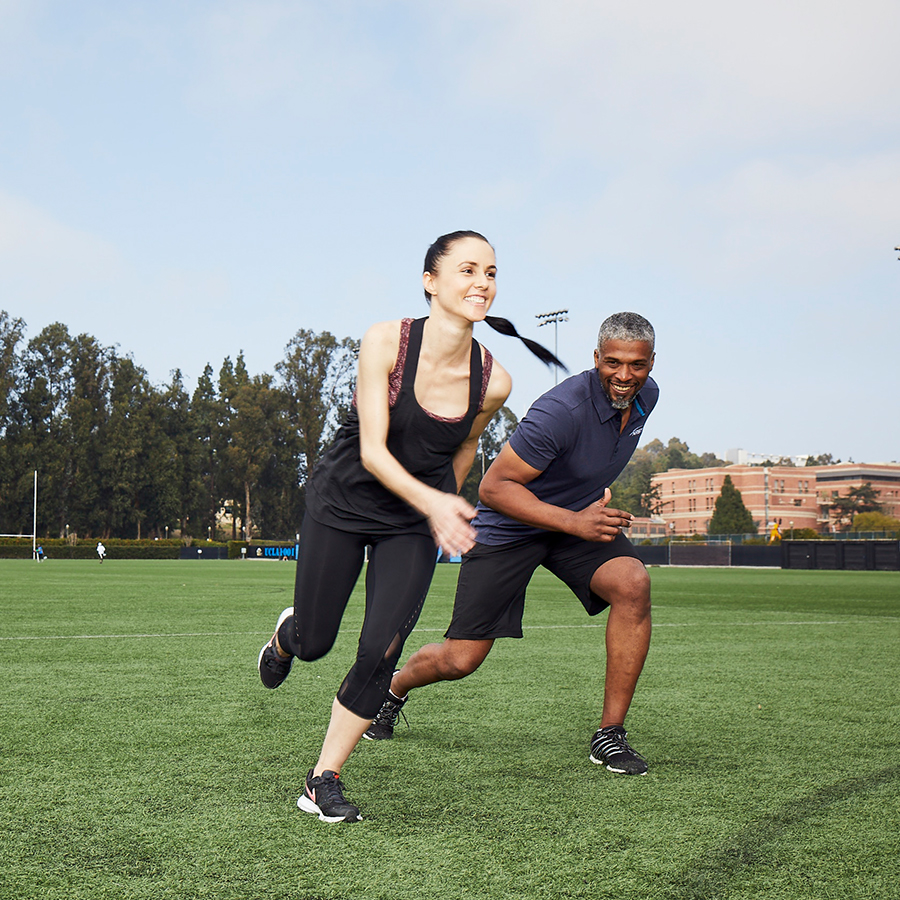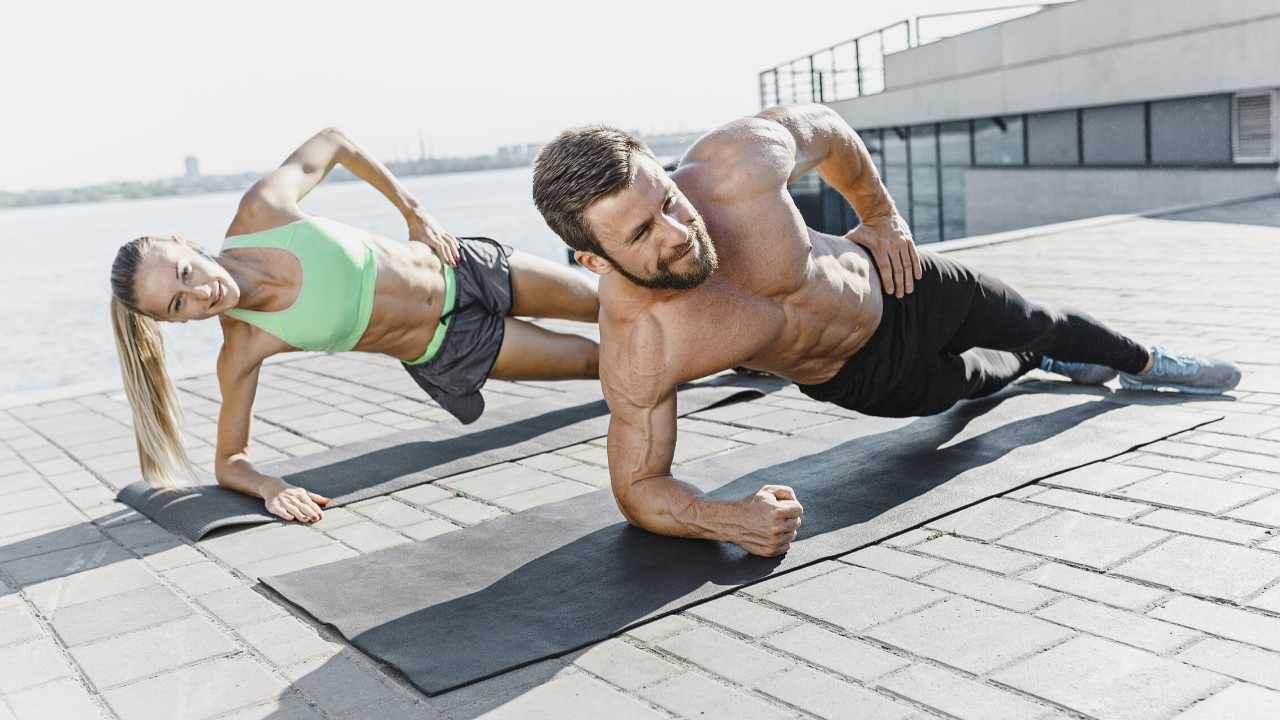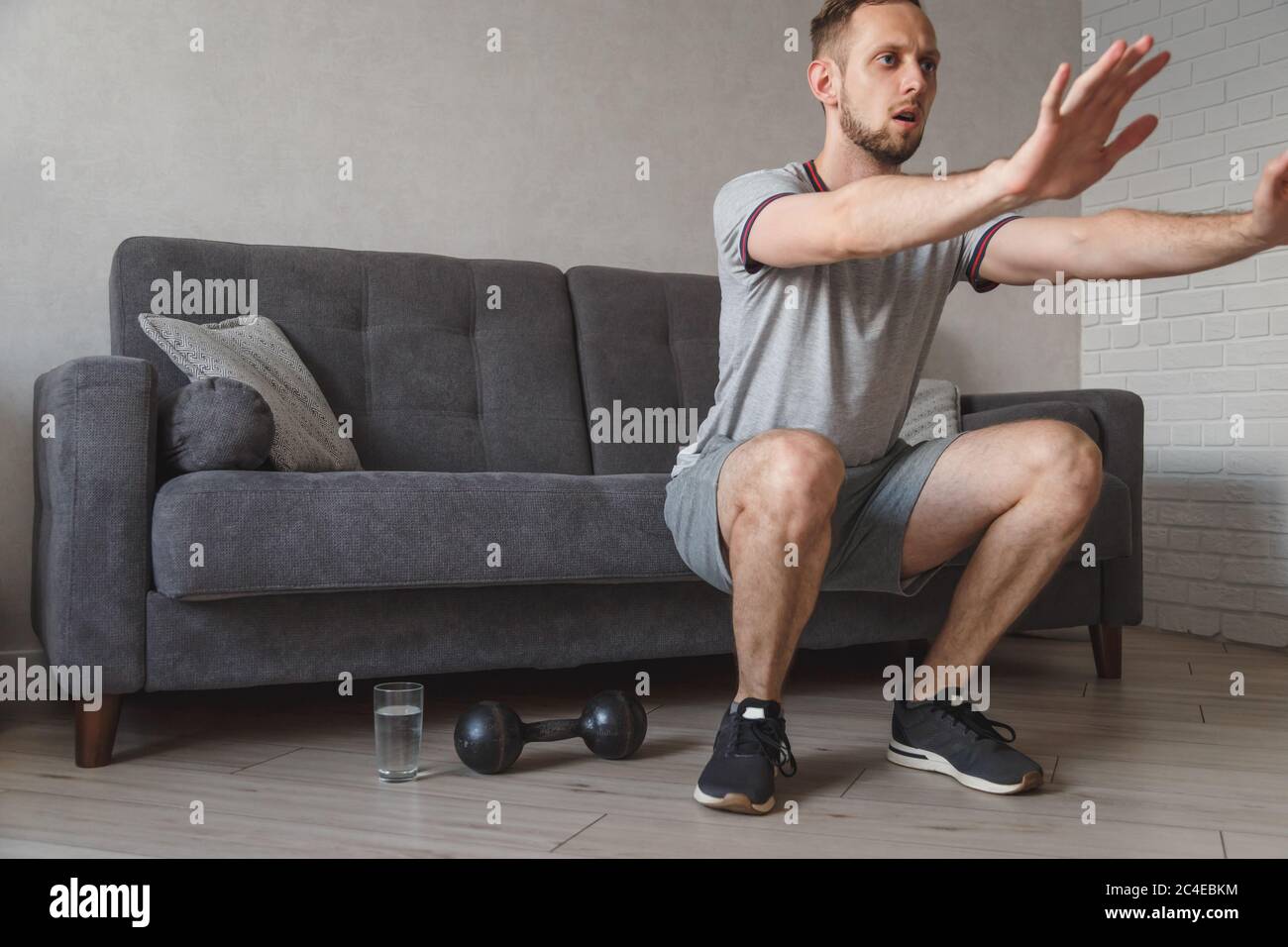
Functional training involves exercises that are high in intensity and recruit large amounts of muscle fibers. These workouts have a significant impact on metabolic rates. The bigger the muscle group is, the more energy it expends. Functional training focuses on building the biceps. If you aren't sure what type of exercise to do or how to get bigger muscles, a simple biceps lift will help you gain more muscle in a short amount of time.
Functional training can be a great way of improving coordination, balance, as well as body awareness. Unlike isolation exercises, which work just one muscle group, compound exercises mimic movements that we do everyday. For instance, our biceps are rarely used to lift things. Instead, we often squat, rotate, and push doors open. These exercises improve your body awareness as well as overall mobility. Functional training is the best option for those with good mobility.

Functional fitness training aims to imitate actual activity. It is important that the exercises mimic actual activity in speed, range, motion and coordination. They are very effective in increasing strength and stamina. A trainer can also help you with functional fitness classes. The exercises can gradually increase in difficulty and complexity as you improve your coordination and fitness. If done correctly, functional fitness training will improve your back squat form.
The plank exercise strengthens the arms, legs, glutes, and core. It helps improve posture and alignment and increases endurance as well as strength and endurance. Effectively using body weight will increase endurance and improve your ability to complete everyday tasks. Functional training builds muscle strength, which can translate into greater flexibility and better performance in daily activities and sports. Start with low intensity if you plan to implement functional training.
Soccer is a great example of functional-training. Soccer players use functional training in order to improve their athletic skills. Functional training is used to improve soccer players' performance and prevent injury. Functional training helps with coordination, core strength and stability. These are just some of the many benefits of functional training. You might be interested in trying it. You might be surprised at how effective it is.

Squats are another example of functional training. They mimic the motion of sitting in a chair and work the quads, glutes, and erector spine. Quad extensions, another excellent exercise that targets the quads, are also a great option. Functional training also includes several rotational exercises. This is a great way to include a variety of exercises into your workout, no matter what age or condition. Because functional training is so varied, you don't need to concentrate on the same exercises in different disciplines.
Another popular example of functional training is cross-fit. Functional fitness and cross-fit are two popular methods of developing a strong body. Functional bodybuilding is a great way for building balance, stability and strength. It prepares the body for any sport. It will help you be more adept at a sport by training your body. Functional training is designed to improve your physical performance in a short time.
FAQ
Do I have to exercise while drinking alcohol?
Yes. Alcohol can increase energy expenditure and speed up recovery, as well as reduce soreness.
Alcohol also increases insulin sensitivity, making it easier to absorb glucose.
Alcohol can also cause dehydration which can lead to a slower metabolism. It also reduces testosterone production, which may decrease muscle-building potential.
These are the reasons women should not drink alcohol before going to work out. Women who are heavily alcoholic should wait at minimum 24 hours before starting to work out.
Breastfeeding women should stay away from alcohol.
Men should only consume one drink per day.
What's the best workout for men over 40?
The best workout for older men usually increases energy and stamina.
It is important to note that most people over 40 experience a loss of testosterone in their bodies, resulting in lower sex drive.
This doesn't mean that you shouldn't still engage in physical activity. Many studies show that regular aerobic exercise can boost testosterone in some men.
If you are looking to improve your sexual performance, an aerobics workout is the best option.
What does butter have to do with men?
Butter is one the most nutritious sources of saturated oils. This fat is good for hair and skin health, as well as stronger bones.
Vitamin K, found in butter is an antioxidant that prevents bleeding from cuts. Vitamin K and vitamin B work together to prevent any bruising.
Butter is also rich with minerals, such as calcium and phosphorous. These elements help to build stronger bones and teeth.
However, butter has some drawbacks. Butter is high in cholesterol. Some studies show that consuming too much cholesterol may increase the risk of developing cardiovascular disease.
Butter is high in saturatedfat, which contributes both to obesity, and raises cholesterol.
But if butter is a must, you can spread it on bread and not dip it in soups or salads. Bread absorbs oil more than pasta or potatoes.
How many calories per day should I consume?
This varies from person to person. On average, you need 2000 to 2500 calories per days. Based on your age, gender, height and activity level, you will need to calculate how many calories you require.
What is a good 7-day workout schedule?
Three days per week should be spent on cardiovascular training, including running, biking, swimming, and two strength exercises using free weights, weight machine, as well as one flexibility/core exercise such as yoga, Pilates. Each activity must be completed at least once per week. Each session should last no more than 45 minutes.
Cardiovascular Exercise: Running, Biking, Swimming
Your goal is to exercise at least 60 minutes each week. You can aim for 75 minutes a week for best results. Cardio exercise can stimulate blood flow and increase muscle growth.
Strength Training
Cardio exercises target the heart, lungs and muscles. Strength training targets the muscles, tendons and bones. Strength training builds lean muscle mass, which helps burn calories even when resting.
Flexibility & Core Workouts
Your whole body will be stronger if you have flexibility and core training. Both yoga and Pilates are excellent options.
Is cardio exercise good for your health or bad?
Cardiovascular exercise is a great way to improve your cardiovascular health. It increases blood circulation, strengthens the heart muscle, boosts stamina, aids in weight loss, and gives you more energy.
Cardiovascular exercise includes running, biking, hiking, swimming, tennis, basketball, soccer, volleyball, football, etc.
Cardio exercises should be avoided at high intensity levels. This could cause injury.
If you feel fine, only do the cardiovascular exercise.
Do not push yourself to the limit. You could injure yourself if you do.
Warm up is the best way to start cardiovascular exercise. Start slowly increasing your intensity.
You must always listen to what your body is telling you. If you feel pain during cardiovascular exercise, stop immediately.
After a cardio workout, it is a good idea to take a break. This gives your muscles the chance to heal.
Cardiovascular exercise is an important part of losing weight.
It is the best method to lose calories and reduce belly weight.
Statistics
- According to the American Academy of Dermatology (AAD), men over 50 are at a heightened risk of developing it. (healthline.com)
- The PRS enabled risk stratification for overall prostate cancer and lethal disease with a four-fold difference between men in the highest and lowest quartiles (HR, 4.32; 95% confidence interval [CI], 3.16-5.89). (pubmed.ncbi.nlm.nih.gov)
- An estimated calorie range for moderately active adult males falls between 2,200 to 2,800 calories per day, depending on age. (eatright.org)
- Are You One of the 20% of Guys (mh.co.za)
- 10 pounds in a month is likely during a lean bulking phase, especially for beginners. (muscleandstrength.com)
External Links
How To
What should I eat before going to the gym?
To lose weight, you need to eat fewer calories than you burn during exercise. You must also eat all of your nutrients.
This includes protein, carbohydrates, fats, and vitamins.
You can do this by eating smaller meals throughout your day instead of three large ones.
It is possible to not do as well if your body is too full when you work out.
Drinking water is a better option than energy drinks high in caffeine and sugar. This will keep you hydrated, and your energy levels high.
But make sure you're getting enough fluids. Drinking too much water could dilute the electrolytes in your system.
For proper functioning of your body, electrolytes are necessary.
If you don’t have any access to water, sports drinks might be a good option. These drinks contain minerals such as sodium, potassium and calcium.
These electrolytes can be replenished by this method. However, they still won't replace what you've lost from sweating.
You can take multivitamin pills if you are concerned about salt loss during exercise.
These include extra vitaminB6, which regulates your body's sodium level.
You shouldn't depend on supplements if there isn't enough salt in the food or drinks you consume.
They aren’t controlled by the Food and Drug Administration.
Certain brands of sports drinks might contain more sodium than others.
Some sports drinks may even contain artificial sweeteners or preservatives. These additives could cause digestive issues.
You could use sea salt if you are concerned about taking too much salt.
It contains fewer chemicals that table salt.
Sea salt is also low in iodine, another mineral needed for healthy thyroid function.